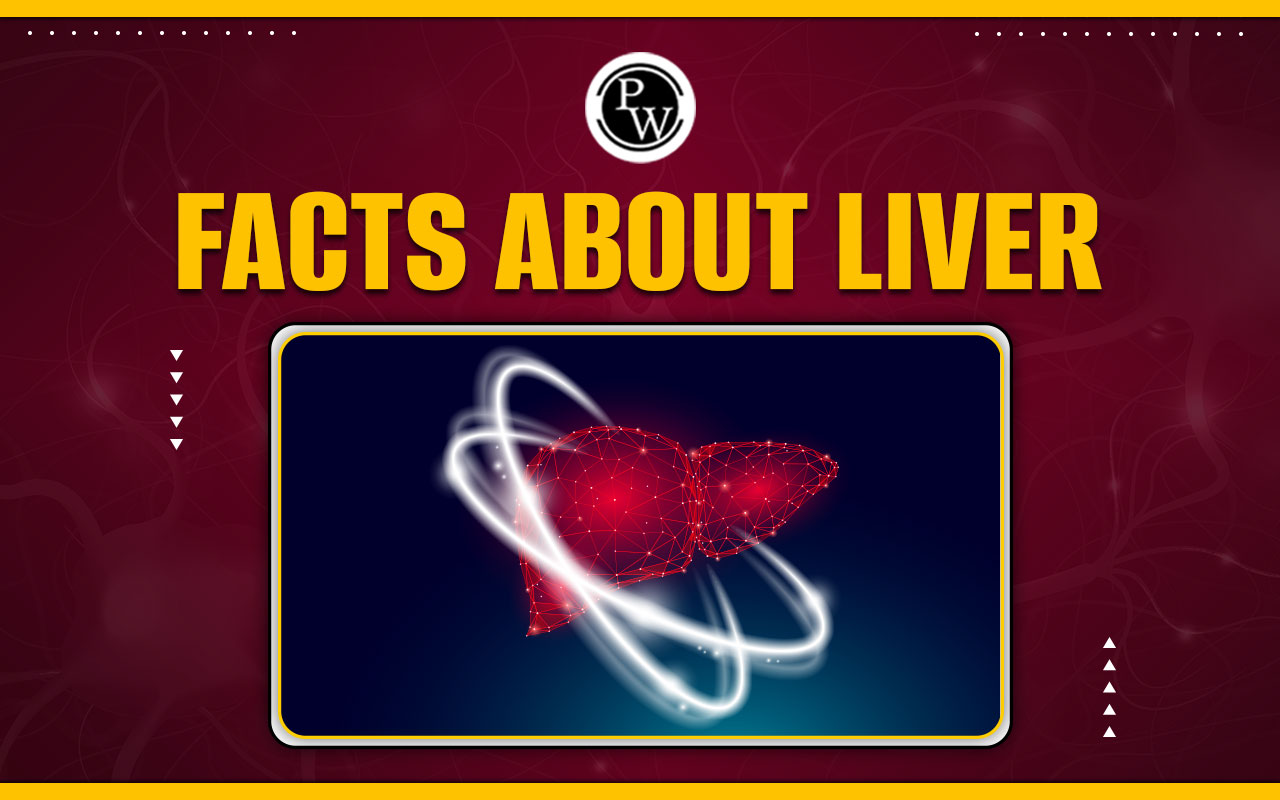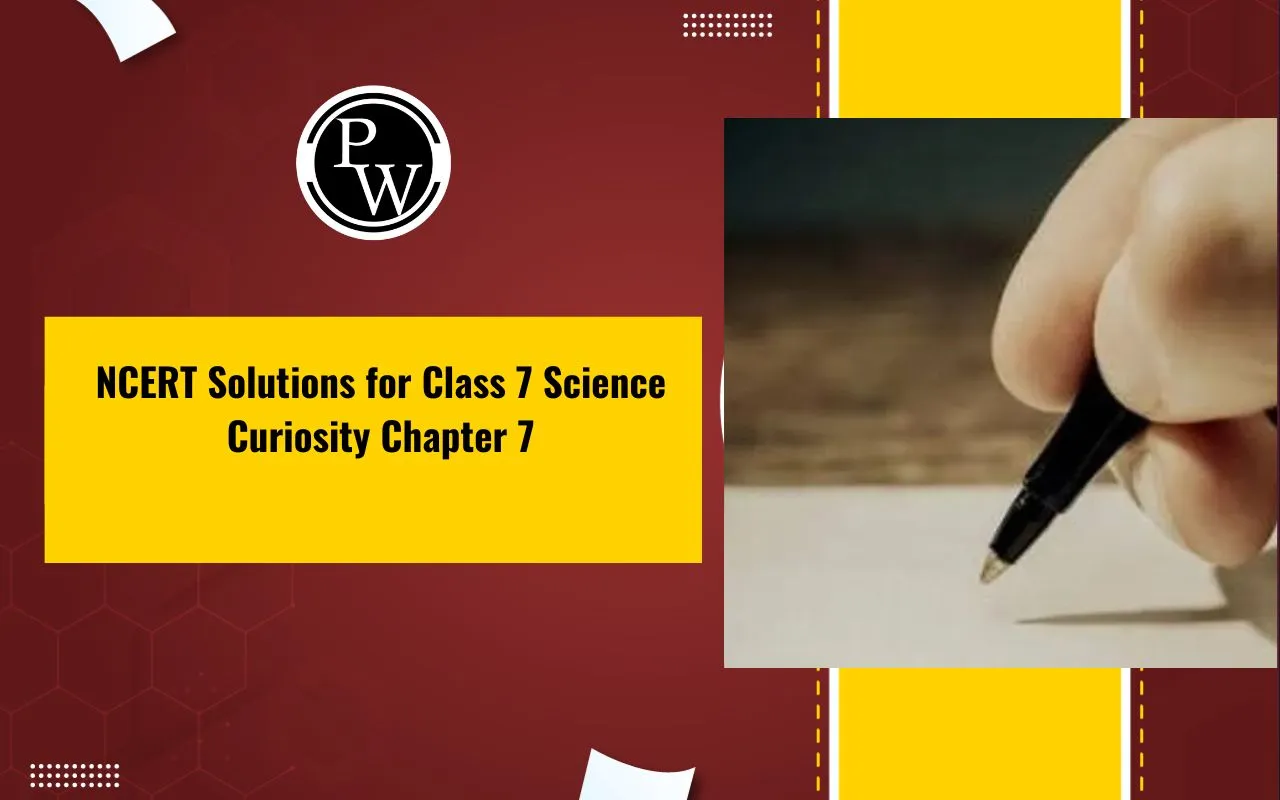
If you are looking for Liver , you have come to the right place!
The topic “Facts About Liver” will be covered in this article. The largest gland in an animal's or person's body is the liver, also the body's viscera. Due to the differences in the liver's metabolism function, different liver sizes can be seen in carnivorous, omnivorous, and herbivorous animals. Young animals have more weight relative to their body weight since it fluctuates with age. The endoderm epithelium on the ventral duodenum gives rise to the liver in the foetal stage. During the foetal stage, the liver produces red and white blood cells. The production of bile and the metabolism of protein, fat, and carbs are the two main jobs of the liver. This article will discuss the facts, functions, structure and parts of a liver.Introduction
The body's detoxification process, as well as the generation of the proteins and biochemicals needed for growth and digestion, are all carried out by the liver, an important organ that is only found in vertebrates. In individuals, it is located in the right upper quadrant of the abdomen, beneath the diaphragm. Additionally, it regulates the amount of glycogen stored, the decomposition of red blood cells, and the production of hormones. The liver, an accessory digestive organ, produces bile, an alkaline fluid that contains cholesterol and bile acids and aids in fat digestion. The gallbladder, a little pouch that is located directly under the liver, is where the bile that the liver produces is initially kept. After there, it travels to the small intestine to complete digestion. The liver's highly specialised tissue, primarily made up of hepatocytes, regulates many high-volume biochemical activities, including the generation and breakdown of numerous tiny and complicated chemicals, many of which are necessary for routine critical tasks.Facts About Liver
It's larger than most people realise.
The liver is the body's largest solid organ, weighing roughly 1.8 kg in males and 1.3 kg in women. It is primarily found in the upper right region of your abdomen, under the diaphragm, and sits above the stomach. If you place it over the region under your right ribcage, your right hand will almost completely cover your liver.It performs hundreds of jobs.
With over 500 activities, the liver is a crucial gland and organ. Food digestion and conversion into energy are two of the liver's most important jobs. Bread and potatoes are carbohydrates broken down to glucose and stored primarily as glycogen in the muscles and liver. The liver quickly transforms its glycogen reserve into usable glucose when energy is needed.Environmental Issues and Solutions
Your brain's health is aided by having a healthy liver.
One of the liver's most crucial functions is transforming potentially harmful molecules that the body produces or absorbs into innocuous ones. However, these "toxins" can accumulate in the bloodstream if the liver is severely injured and unable to operate normally. Hepatic encephalopathy is a disorder that can occur if they get into the brain.The liver is like an elastic band.
It puts in a lot of effort and can withstand much punishment, but it is limited in how far it can stretch before breaking, much like an elastic band. A scar, similar to one on the skin, develops when other bodily organs are hurt. The liver can regenerate new cells from damaged tissue if given a chance.Bile is produced and secreted by the liver.
The substance secreted by the liver is called bile; an adult human liver can create up to a litre of it daily. It's not a particularly pleasant liquid to deal with outside the body, but it plays a crucial role in digesting and absorbing fats inside the body. Following a meal, bile produced in the liver and gathered in small ducts travels to the major bile duct before being released into the duodenum of the small intestine. It emulsifies all fat molecules to prevent their reagglomeration into large fat clumps.The liver leads a double life: an organ and a gland!
A group of cells known as a gland is specialised in creating and releasing compounds that serve a particular purpose in the body. Although bile is produced as part of this process, the liver is technically both an organ and a gland.If you look after your liver, it will look after you.
Numerous health advantages can result from improving liver health. It processes everything you eat and drinks like your body's factory. Your liver will take care of you if you take care of it.Functions of Liver
The liver is a gland performing various bodily tasks. It may have more than 500 jobs, though it is difficult to estimate. The liver's primary functions include- Bile production: Bile aids digestion and absorption of fats, cholesterol, and specific vitamins in the small intestine. Bile is made up of water, electrolytes, bilirubin, and cholesterol.
- Absorbing and metabolising bilirubin: Bilirubin is absorbed and metabolised when haemoglobin is broken down. An iron liberated from haemoglobin and used to create the subsequent batch of blood cells is stored in the liver or bone marrow.
- Supporting blood clots: Coagulants, which aid in blood clotting, are made possible by vitamin K. Bile, which is produced in the liver, is necessary for the absorption of vitamin K. It takes a lot of bile from the liver to manufacture clotting factors.
- Fat metabolisation: Bile facilitates the more straightforward digestion of fats by breaking them down.
- Vitamin and mineral storage: The liver conserves the fat-soluble vitamins A, D, E, K, and B12. Significant amounts of these vitamins are kept in storage. Iron from haemoglobin is stored in the liver as ferritin, ready to be used to produce new red blood cells.
Structure of Liver
- The liver's structure in animals is comparable to that in people.
- Fibrous connective tissue lines the liver. Glisson's capsule is the name of this capsule. Animal liver is likewise thought to have descended from epithelial tissue.
- The repeating of a basic structure known as a lobule makes up the liver's simple cellular structure.
- The anastomosed layer is structured with hepatocyte cells. Hepatocyte layers here are substantially thicker and combine to produce a sophisticated structure.
- Hepatocytes are responsible for the endocrine secretion of several plasma proteins, including albumin and lipoprotein.
Parts of Liver
The following are some of the most important sections of the liver:- Common Hepatic Duct: A tube used to drain bile from the liver. It is created when the left and right hepatic ducts converge.
- Falciform Ligament : A slender, fibrous ligament that unites the liver to the abdominal wall and divides its two lobes.
- Glisson’s Capsule : A thin layer of loose connective tissue encircles the liver and any arteries and ducts connected to it.
- Hepatic Artery : The principal blood artery that carries oxygenated blood to the liver.
- Hepatic Portal Vein : The blood vessel that supplies the liver with blood from the spleen, gallbladder, pancreas, and gastrointestinal system.
- Lobes : The liver's anatomical divisions.
- Lobules : Microscopic building blocks of the liver.
Related Links -
Liver <span style=
Q1. What is the term for liver damage?
Ans: When good liver tissue is replaced, it's called cirrhosis. A chronic (long-term) liver disease is cirrhosis. Your liver sustains damage over time.
Q2. What constitutes liver damage's initial stage?
Ans: Inflammation is the initial stage of liver injury. The liver will swell or inflame as the body responds to injury in the early stages of liver disease. When the blood contains more toxins than the liver can process, hepatitis, or liver inflammation, can also form.
Q3. What is the name for liver pain?
Ans: By the sympathetic nervous system and referred pain brought on by peritoneal irritation, the liver can act as a source of pain. This pain is transmitted through the intercostal and subcostal neurons. The epigastrium may be the primary site of liver-related pain because it often has ill-defined origins.
Q4. How big is the liver?
Ans: For women, the average liver size determined by percussion is 7, whereas, for men, it is 10.5 cm. An aberrant liver span is 2 to 3 cm bigger or smaller than these values. In an adult woman, the liver weighs 1200–1400 g, whereas in an adult man, it weighs 1400–1550 g.
Q5. How is liver illness identified?
Ans: The diagnosis of liver disease can be made via a class of blood tests known as liver function tests. Additional blood tests can be performed to check for specific liver issues or genetic diseases. Imaging exams Damage to the liver can be seen on an MRI, CT scan, or ultrasound.
🔥 Trending Blogs
Talk to a counsellorHave doubts? Our support team will be happy to assist you!

Check out these Related Articles
Free Learning Resources
PW Books
Notes (Class 10-12)
PW Study Materials
Notes (Class 6-9)
Ncert Solutions
Govt Exams
Class 6th to 12th Online Courses
Govt Job Exams Courses
UPSC Coaching
Defence Exam Coaching
Gate Exam Coaching
Other Exams
Know about Physics Wallah
Physics Wallah is an Indian edtech platform that provides accessible & comprehensive learning experiences to students from Class 6th to postgraduate level. We also provide extensive NCERT solutions, sample paper, NEET, JEE Mains, BITSAT previous year papers & more such resources to students. Physics Wallah also caters to over 3.5 million registered students and over 78 lakh+ Youtube subscribers with 4.8 rating on its app.
We Stand Out because
We provide students with intensive courses with India’s qualified & experienced faculties & mentors. PW strives to make the learning experience comprehensive and accessible for students of all sections of society. We believe in empowering every single student who couldn't dream of a good career in engineering and medical field earlier.
Our Key Focus Areas
Physics Wallah's main focus is to make the learning experience as economical as possible for all students. With our affordable courses like Lakshya, Udaan and Arjuna and many others, we have been able to provide a platform for lakhs of aspirants. From providing Chemistry, Maths, Physics formula to giving e-books of eminent authors like RD Sharma, RS Aggarwal and Lakhmir Singh, PW focuses on every single student's need for preparation.
What Makes Us Different
Physics Wallah strives to develop a comprehensive pedagogical structure for students, where they get a state-of-the-art learning experience with study material and resources. Apart from catering students preparing for JEE Mains and NEET, PW also provides study material for each state board like Uttar Pradesh, Bihar, and others
Copyright © 2025 Physicswallah Limited All rights reserved.












